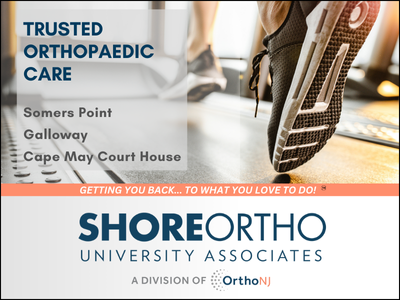Walking on an incline setting on a treadmill is an excellent way to boost your fitness, and it’s particularly effective and safe for people in their 40s, 50s and beyond. This low-impact exercise can enhance cardiovascular health, strengthen muscles, and help with weight management without putting undue stress on joints. But to get the most out of this workout, it’s essential to understand the right incline, pace, and how to avoid potential pitfalls.
The benefits of incline walking
- Cardiovascular boost: Walking on an incline increases heart rate, improving heart health and endurance.
- Enhanced calorie burn: Incline walking burns more calories than walking on a flat surface, making it a great option for weight management.
- Muscle toning: This exercise targets your calves, hamstrings, quadriceps, glutes and core, helping build strength and stability.
- Joint friendly: Unlike running, walking—especially on a cushioned treadmill surface—is gentle on knees and hips, making it ideal for older adults.
Risks and red flags
- Too steep an incline: A steep incline can strain muscles, joints, and your lower back. If you’re leaning heavily on the treadmill bars for support, it’s a clear sign the incline is too high. While light holding for balance is acceptable, gripping tightly compromises posture and reduces the effectiveness of your workout.
- Shin splints: Walking on an incline can overstress the shin muscles, leading to discomfort or injury, especially if you’re unaccustomed to the motion or if you increase intensity too quickly.
- IT band syndrome: Sometimes walking on an incline can increase tension on your IT band which can cause pain on the outside of your knee. Tight glute and leg muscles can increase this tension as well.
How to find the right settings
Incline: Start small—1-3% is enough for beginners. As you build strength and confidence, you can increase it gradually. For most people in their 40s and 50s, an incline of up to 8-10% is effective without overexertion.
Pace: Your walking pace should challenge you without leaving you breathless. A moderate pace where you can speak in short sentences is ideal. If you feel winded or experience muscle fatigue too quickly, slow down or lower the incline.
Preventing and managing shin splints
- Gradual progression: Avoid sudden jumps in incline or speed. Let your body adapt over time.
- Proper footwear: Invest in supportive walking or running shoes to cushion your steps and reduce impact.
- Stretch regularly: Incorporate stretches for your calves and shins before and after workouts.
- Listen to your body: If shin splints develop, taking time to rest is important. Also, icing the affected area can help, and you should lower your incline settings until symptoms improve.
Preventing and managing IT band syndrome
- Gradual progression: Avoid sudden jumps in incline or speed. Let your body adapt over time.
- Stretch regularly: Incorporate stretches for your glutes, quadriceps and hamstrings before and after workouts.
- Strengthening exercises: It is important to strengthen your IT band, core, glutes and hip abductors.
- Listen to your body: Prolonged IT Band Syndrome can lead to patellofemoral syndrome or “Runner’s Knee”
A perfect fit for midlife fitness
Incline walking on a treadmill is not only safe but also an effective way to stay active in your 40s, 50s, and beyond. Just remember, balance is key—keep the incline manageable, your pace steady, and avoid relying too much on the bars. With the right approach, you can enjoy a safe, energizing, and results-driven workout!
The contents of this article have been reviewed by Dr. Dante Marconi with Shore Physicians Group. Dr. Marconi treats patients at Shore Physicians Group’s Orthopaedic Division offices located at 710 Centre Street, 2nd Floor in Somers Point, NJ and 4450 East Black Horse Pike, Mays Landing, NJ. To schedule an appointment with Dr. Marconi, call 609-365-6280 or visit www.ShorePhysiciansGroup.com.















